Photo
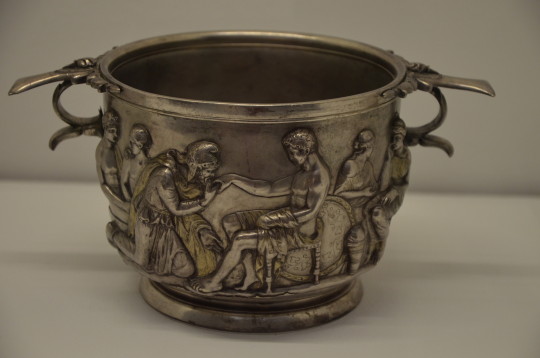

Roman silver gilt cup depicting King Priam of Troy appealing to Achilles to return the body of his son Hector. 1st century BC
Louvre Museum, Paris , France
Photographs: Carole Raddato (CC BY-SA 2.0 / Flickr)
250 notes
·
View notes
Photo
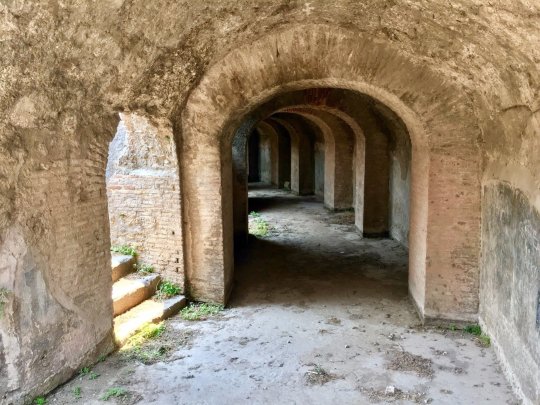
Pompeii. Inside gallery of the amphitheatre.
Photography (2048 x 1536) by David Simington
288 notes
·
View notes
Photo

Roman mosaic known as The Lod mosaic
In 1996 a series of exquisite Roman mosaic floors was accidentally uncovered during highway construction in the modern Israeli town of Lod. The mosaics featured elegant and superbly crafted animals, fish, birds and other creatures, dating to around AD 300. They probably belonged to a private house and served as a series of reception or audience halls, where visitors would have been met and entertained.
The Lod Mosaic-Scala Arts & Heritage Publishers.
630 notes
·
View notes
Photo
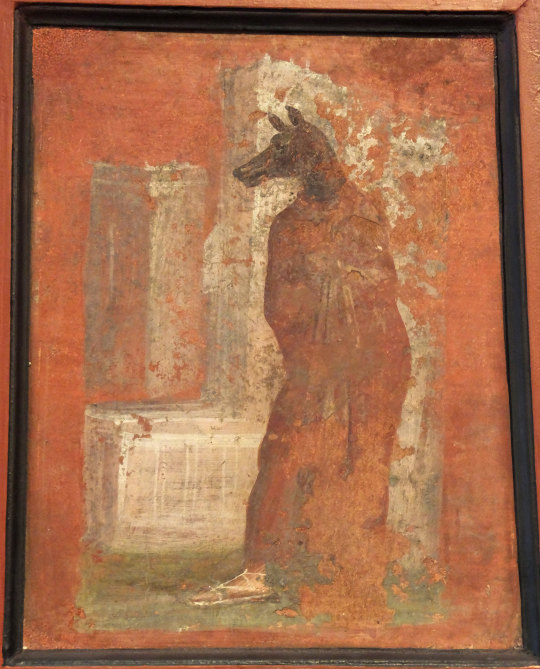
Wall painting originally from the Temple of Isis in Pompeii,depicts a priest with a mask of Anubis.
Naples National Archaeological Museum
By: Amphipolis (CC BY-SA 2.0)
805 notes
·
View notes
Photo

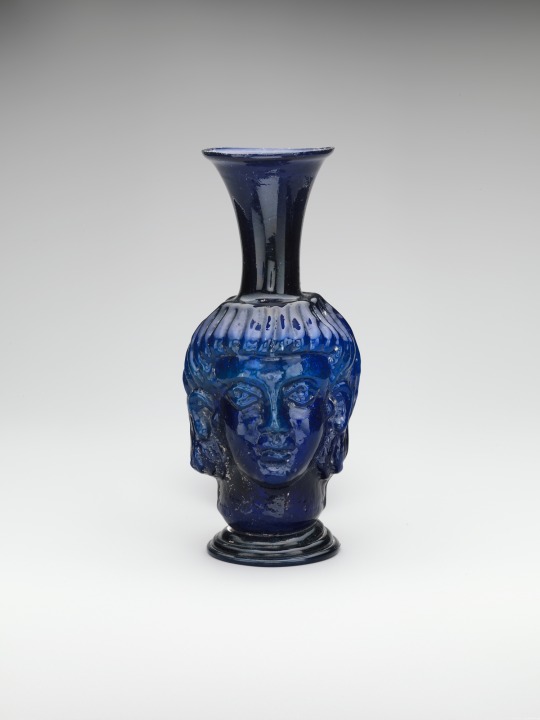
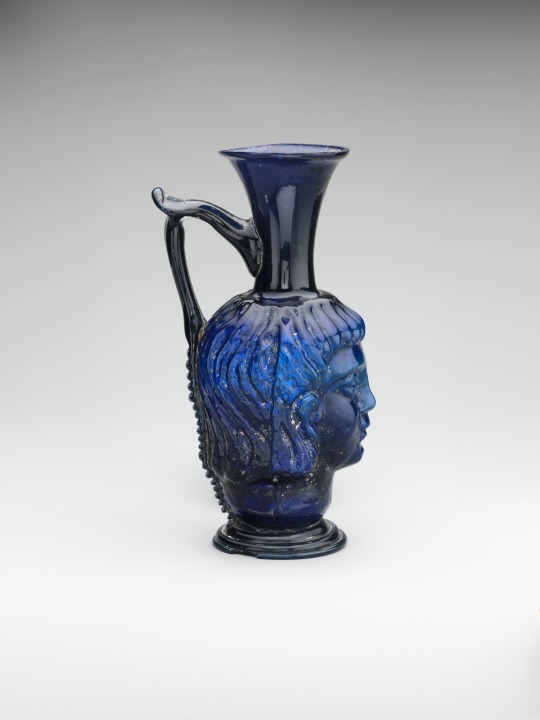
Glass jug, head-shaped; Rome, eastern Mediterranean.
Metropolitan Museum of Art, NYC, US
651 notes
·
View notes
Photo
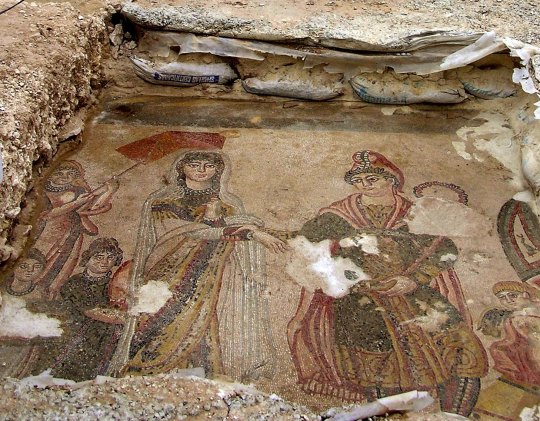



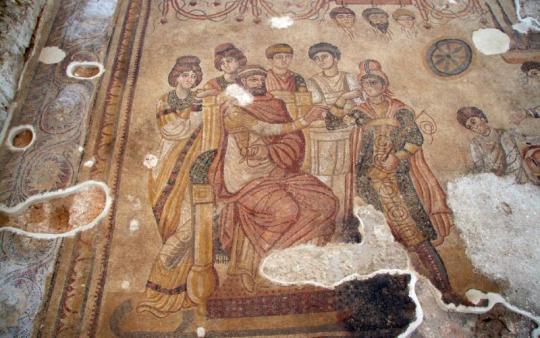
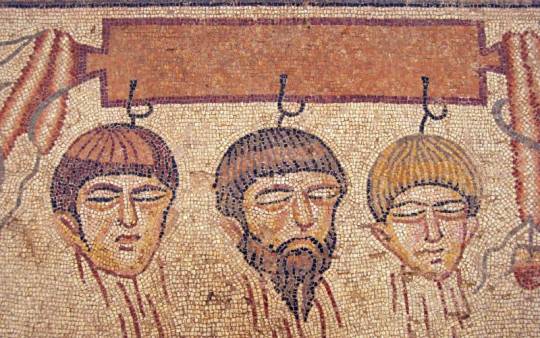
Roman mosaics in Villa of Noheda. Cuenca, Castilla-La Mancha. Spain.
Large mosaics from the ancient Roman province of Hispania, represent Greek myths such as Paris, Pelops, Hippodamia, and “boxing” fighters, among other mythological scenes.
During the farm work by the Lledó family, owner of the land, a piece of a roman mosaic was uncovered. Exploration began in 2005. It is now an archaeological site open to the public since 2019.
As has always happened, the discovery was by chance. It doesn’t matter which former territory of the Roman Empire you’re living in: something Roman can turn up anytime, anywhere, including the basement of your own home.
939 notes
·
View notes
Text
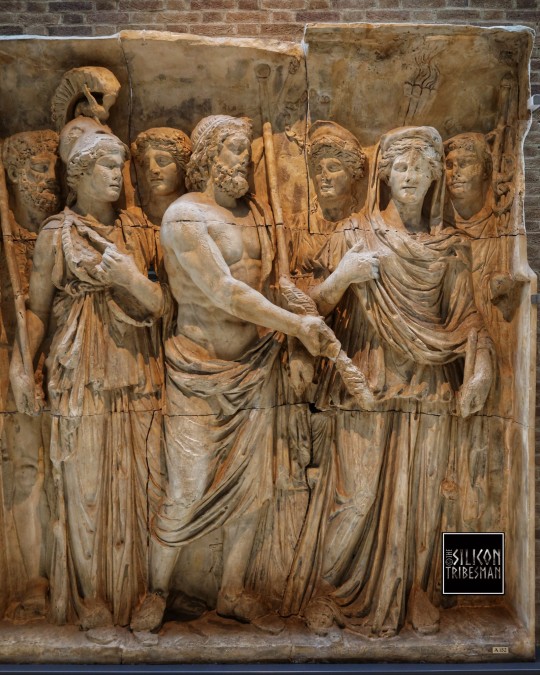
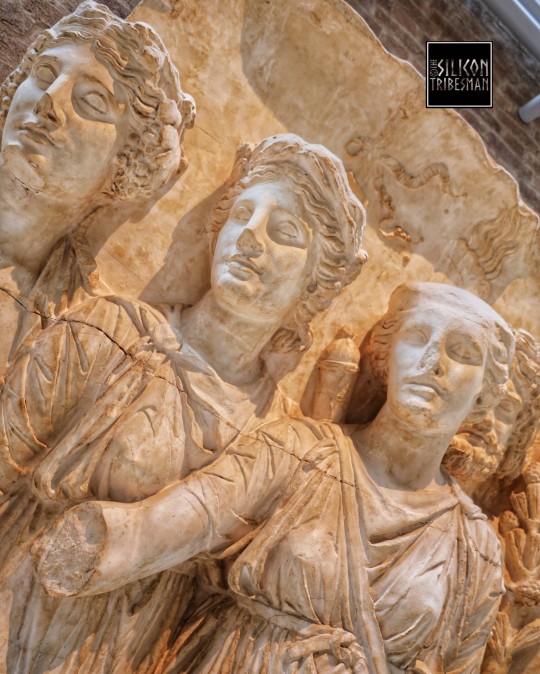

Roman Gods And Goddesses of the Countryside, Arch of Trajan at Beneventum, 114 CE
These gods and goddesses represent the prosperity of the countryside: Bacchus, god of the vine with his thyrsos (a fennel-stalk staff); Ceres, goddess of corn and the harvest, with a torch; Diana, goddess of hunting and wild animals; and Silvanus, god of woods and fields, who holds a pine branch (in situ, west side, attic).
Ashmolean Museum, Oxford
212 notes
·
View notes
Photo
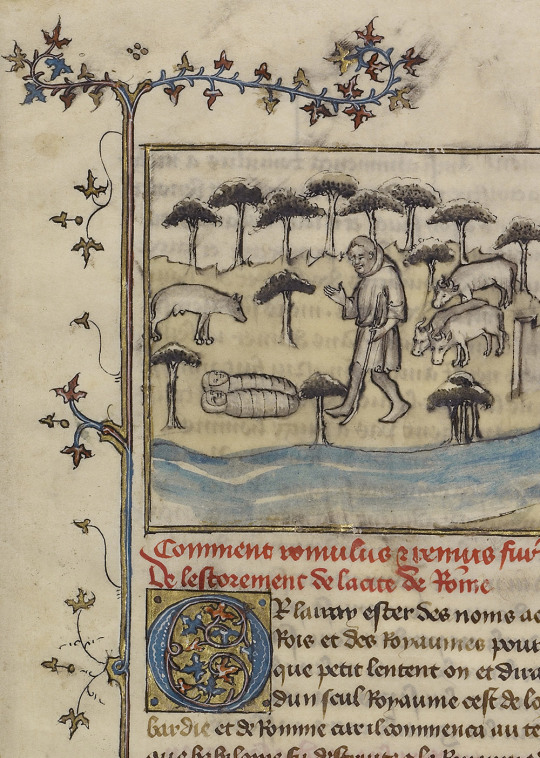
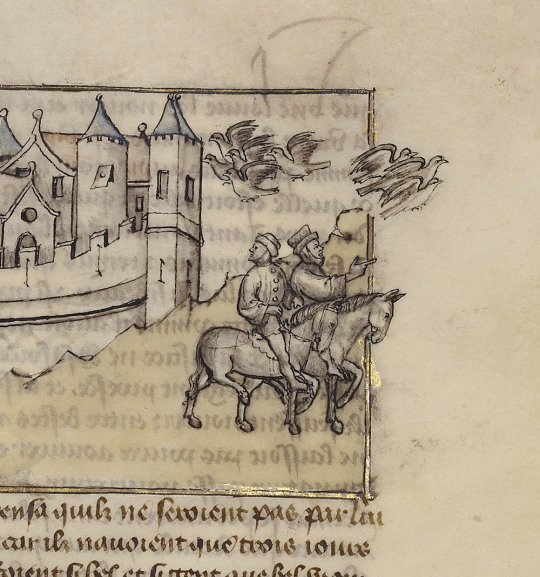

The Founding of Rome
According to legend, Rome was founded on April 21, 753 B.C. by the mythical twins Romulus and Remus. The event is celebrated to this very day.
A fourteenth-century history manuscript shows episodes from the founding story. Twins Romulus and Remus, abandoned in their swaddling clothes, are discovered by the she-wolf who will suckle them. Later the grown brothers perform an augury (reading of the birds) to determine whether to locate their new city on the Palatine Hill or the Aventine Hill. {Not pictured: the ensuing bloody episode in which the twins interpret the birds differently, fight it out, and Remus gets killed.}
And for good measure: a gem depicting Aeneas, the proto-founder of Rome and hero of the Aeneid.
672 notes
·
View notes
Photo
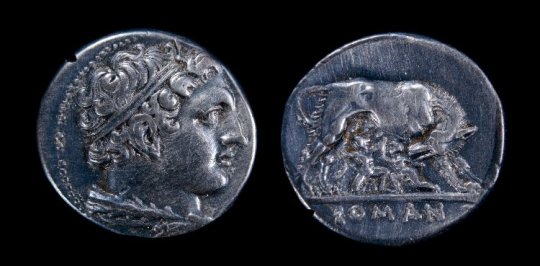
Didrachm with head of Hercules (obverse) and she-wolf suckling Romulus and Remus (reverse)
Roman, Republican Period, 269-266 B.C.
silver
British Museum
595 notes
·
View notes
Text
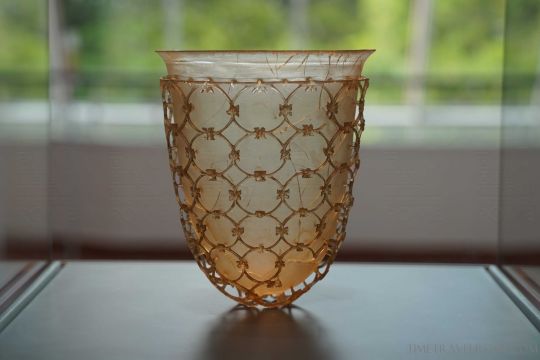
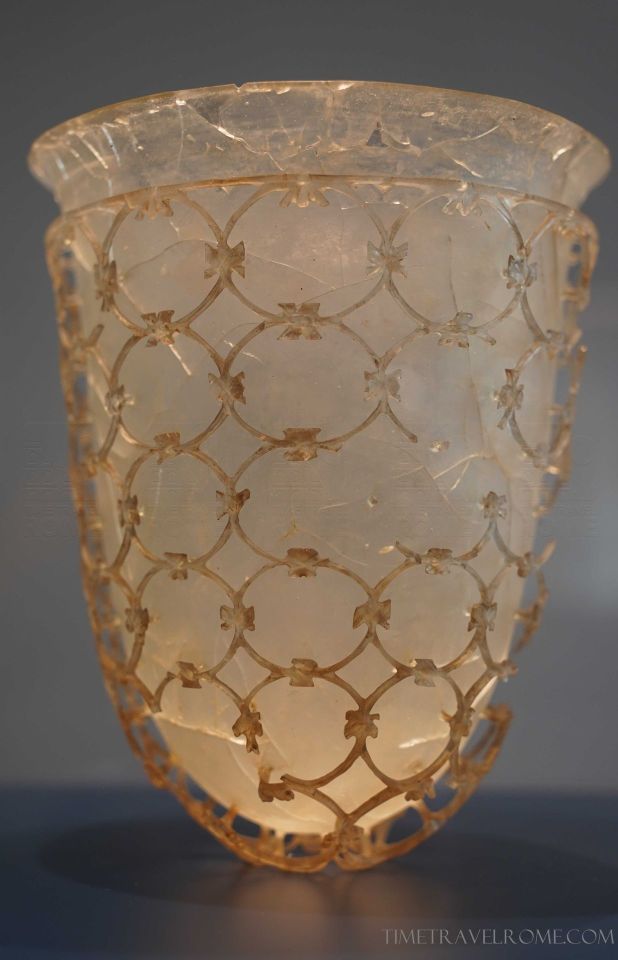
"Cage cup", or a diatretum – a luxury late Roman glass vessel, found from roughly the 4th century. Today, some 60 fragmentary diatreta are known today, 19 of which are almost complete. This piece, was found in 1950 in the sarcophagus in Niederemmel, near Trier, Germany.
Diatreta consist of an inner beaker and an outer cage that stands out from the body of the cup, to which it is attached by short stems. This exemplar is part of the Trier Landesmuseum permanent collection.
The manufacturing technique must have been laborious, but it's still a mystery: either the inner beaker and the cage were made separately and heat-soldered, or the whole assembly was chiselled from a single block of glass.
The majority of finds of diatreta are from Roman sites along the Rhine, suggesting that they were produced in the area, perhaps at Trier. This was the largest city of Roman Germany and the main residence of Constantine I for many years, coinciding with the period when the cups seem to have been made.
Photos and text by Time Travel Rome
756 notes
·
View notes
Text

The Arch of Roman emperor Septimius Severus at Leptis Magna, Libya.
Photography by David Gunn. Public Domain/ Wikimedia Commons.
Lucius Septimius Severus born in Leptis Magna, Africa, was the first Roman emperor of North African origin. During his reign (193-211) he favored his hometown, which became one of the most important Roman cities in North Africa along with Carthage and Alexandria.
For the Romans AFRICA was not the name of the continent - as it is for us - but a Roman province that included the territory of Tunisia, the coast of Libya along the Gulf of Sidra and northeastern Algeria.
The Leptis Magna archaeological site is located near Tripoli in Libya. World Heritage Site since 1982.
809 notes
·
View notes
Text

Lotus Chalice
Egyptian, 13th-11th century BCE (New Kingdom-Third Intermediate Period)
Lotus chalices such as this one were probably used in both rituals and daily life. The vessel's shape imitates the blue lotus flower, which was a type of water lily.
159 notes
·
View notes
Text
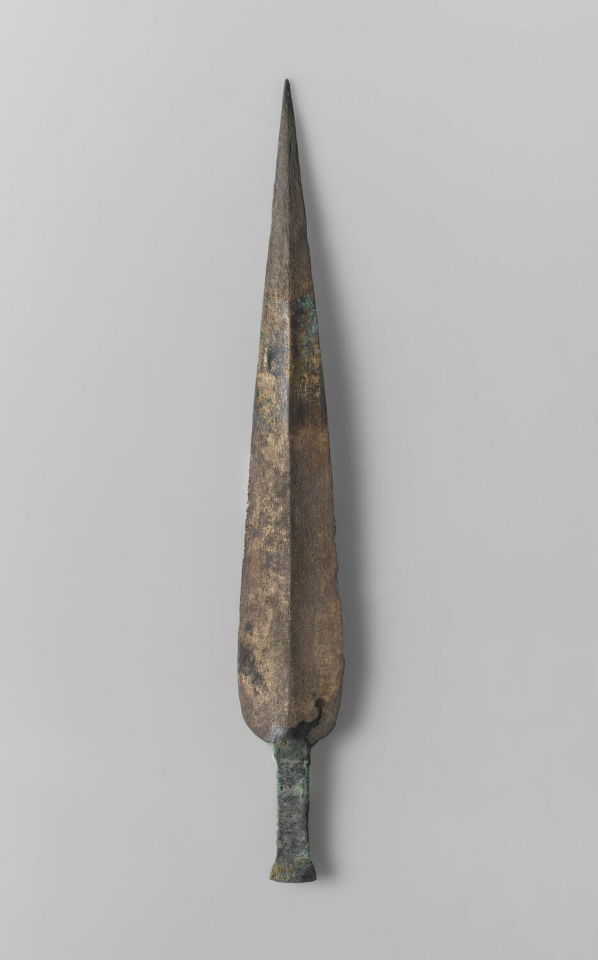
Bronze spear point, Egypt, First Intermediate Period, 2195-2033 BC
from The Louvre
273 notes
·
View notes
Text
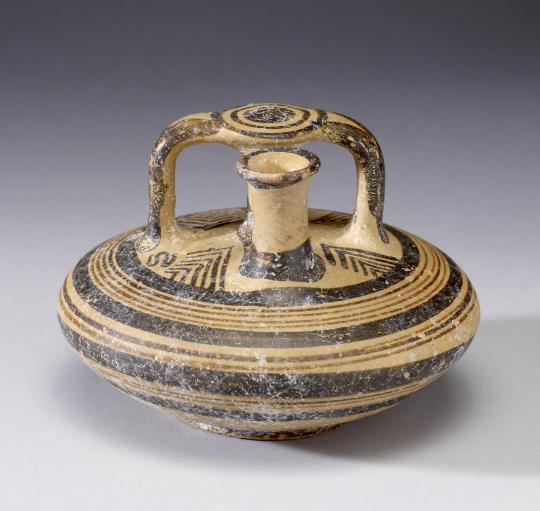
Stirrup Jar with Geometric Decoration
Mycenaean, 14th century BCE (Late Helladic IIIA2)
This jar is named for its handle, which resembles a stirrup. Originally created in Crete in the 16th century BC, the stirrup jar was extremely popular throughout the Aegean region for both storage and transport and became the most characteristic Mycenaean vessel type. The simple decoration looks forward to the Geometric style, which began in 10th-century BC Greece.
45 notes
·
View notes
Photo


Pergamon Altar
The Pergamon Altar is a monumental construction built during the reign of king Eumenes II in the first half of the 2nd century BC on one of the terraces of the acropolis of the ancient Greek city of Pergamon.
In 1878, the German engineer Carl Humann began official excavations on the acropolis of Pergamon. Upon negotiating with the Turkish government (a participant in the excavation), it was agreed that all frieze fragments found at the time would become the property of the Berlin museums, where they still remain today.
845 notes
·
View notes
Text
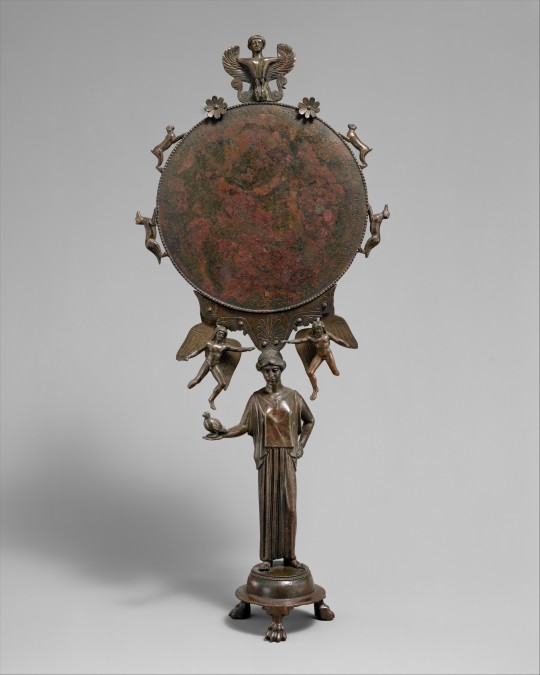
Bronze Mirror with a Support in the Form of a Draped Woman
Greek, mid-5th century BCE
312 notes
·
View notes
Text
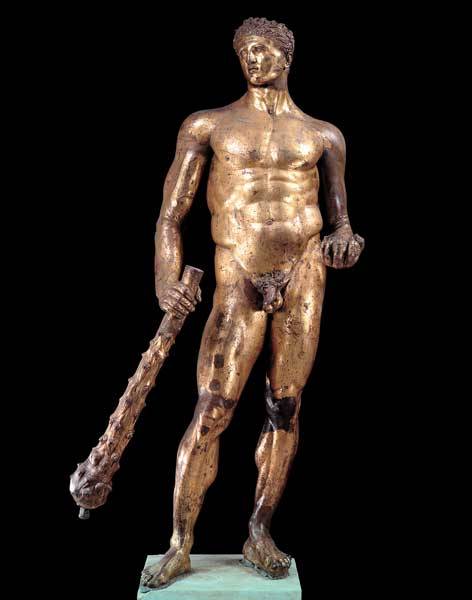
Gilded bronze statue of Hercules, Roman, 2nd century AD
from The Capitoline Museum, Rome
281 notes
·
View notes